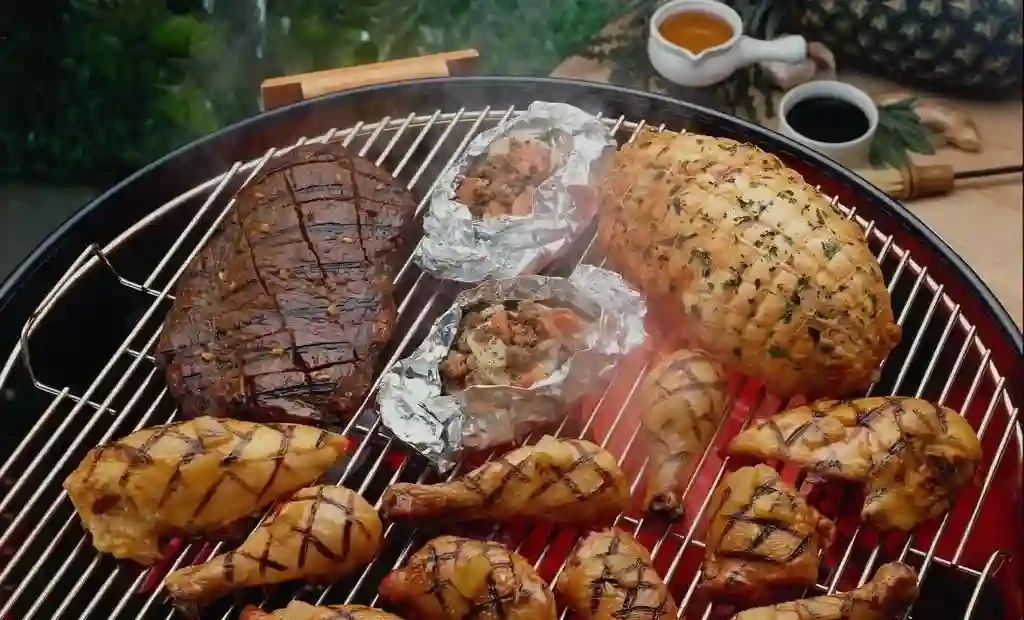Nov . 29, 2024 18:49 Back to list
Choosing the Right Stock Mesh Fencing for Your Needs and Environment
Stock Mesh Fencing A Comprehensive Guide
Stock mesh fencing, a popular choice among farmers and property owners, serves a critical role in defining boundaries, protecting livestock, and enhancing the aesthetic appeal of agricultural lands. This type of fencing is known for its durability, versatility, and effectiveness in containing animals while keeping unwanted intruders at bay. In this article, we will explore the various aspects of stock mesh fencing, including its materials, benefits, installation process, and maintenance.
What is Stock Mesh Fencing?
Stock mesh fencing is typically constructed using steel wire, which is woven into a grid pattern. The spacing and gauge of the wire depend on the intended use, whether it be for cattle, sheep, or other stock. Its robust design makes it suitable for various terrains and conditions, making it a favored choice for rural properties.
Advantages of Stock Mesh Fencing
1. Durability One of the primary advantages of stock mesh fencing is its durability. Made from galvanized steel or high-tensile wire, this type of fencing can withstand harsh weather conditions, reducing the need for frequent replacements.
2. Versatility Stock mesh fencing is highly versatile and can be used for different types of livestock, including horses, cattle, sheep, and goats. The design can vary to accommodate the specific needs of different animals, with heights and wire gauges adjustable according to the livestock's size and behavior.
3. Security This fencing acts as a solid barrier against predators, preventing them from accessing livestock. It also helps in keeping the animals contained, thus reducing the risk of them wandering off and getting lost or injured.
4. Aesthetic Appeal Beyond its practical applications, stock mesh fencing can enhance the visual appeal of a property. With a clean and professional look, it adds value to a farm or garden setting.
5. Low Maintenance Compared to wooden fencing, which can rot or warp over time, stock mesh fencing requires minimal maintenance. Regular checks for wear and tear are usually sufficient to keep it in good condition.
Installation Process
Installing stock mesh fencing involves several steps to ensure its effectiveness and longevity.
stock mesh fencing

1. Planning Begin by planning the layout and determining the required materials. This includes measuring the area to be fenced and selecting the appropriate height and wire gauge.
2. Post Installation Strong and sturdy posts are crucial for the stability of the fencing. The posts should be set deep into the ground to withstand pressures from livestock. Typically, wooden or steel posts are used and placed at intervals of 8 to 12 feet.
3. Attaching the Mesh The stock mesh is then unrolled and attached to the posts. It is essential to ensure that the mesh is taut to prevent sagging, which can compromise its integrity.
4. Finishing Touches Finally, wiring the top and bottom edges of the mesh to the posts provides additional stability. Gates should be installed securely to allow easy access while maintaining the fence's integrity.
Maintenance Tips
While stock mesh fencing is low-maintenance, periodic checks and upkeep are beneficial. Here are some tips to maintain your fencing
1. Regular Inspections Periodically inspect the fencing for any signs of wear, rust, or damage. Prompt repairs can prevent issues from escalating.
2. Rust Treatment If galvanized steel shows signs of rust, treat it with appropriate rust inhibitors or repaint to prolong its life.
3. Debris Clearance Keep the area around the fencing clear of debris and foliage to prevent damage from overgrown vegetation.
4. Check for Breaches Regularly ensure that wild animals have not compromised the fence by creating breaches. If detected, repair them immediately to maintain security.
Conclusion
Stock mesh fencing offers an ideal solution for property owners looking to secure and manage their livestock effectively. Its combination of durability, versatility, and low maintenance makes it a wise investment for anyone involved in agriculture or animal husbandry. By understanding its advantages, installation methods, and maintenance requirements, you can ensure that your fencing remains a reliable and secure barrier for many years to come. Investing in quality stock mesh fencing not only enhances livestock security but also uplifts the overall appeal of your property.
-
Reinforcing Mesh: Core Material of the Construction Industry
NewsJul.07,2025
-
Welded Wire Fabric Reinvented for Modern Projects
NewsJul.04,2025
-
Superiority of Stainless Steel Woven Mesh
NewsJul.04,2025
-
Key Types of Razor Wire and Their Applications
NewsJul.04,2025
-
Durable Metal Fence Types for Security
NewsJul.04,2025
-
Best Materials for Livestock Fence
NewsJul.04,2025
products.







